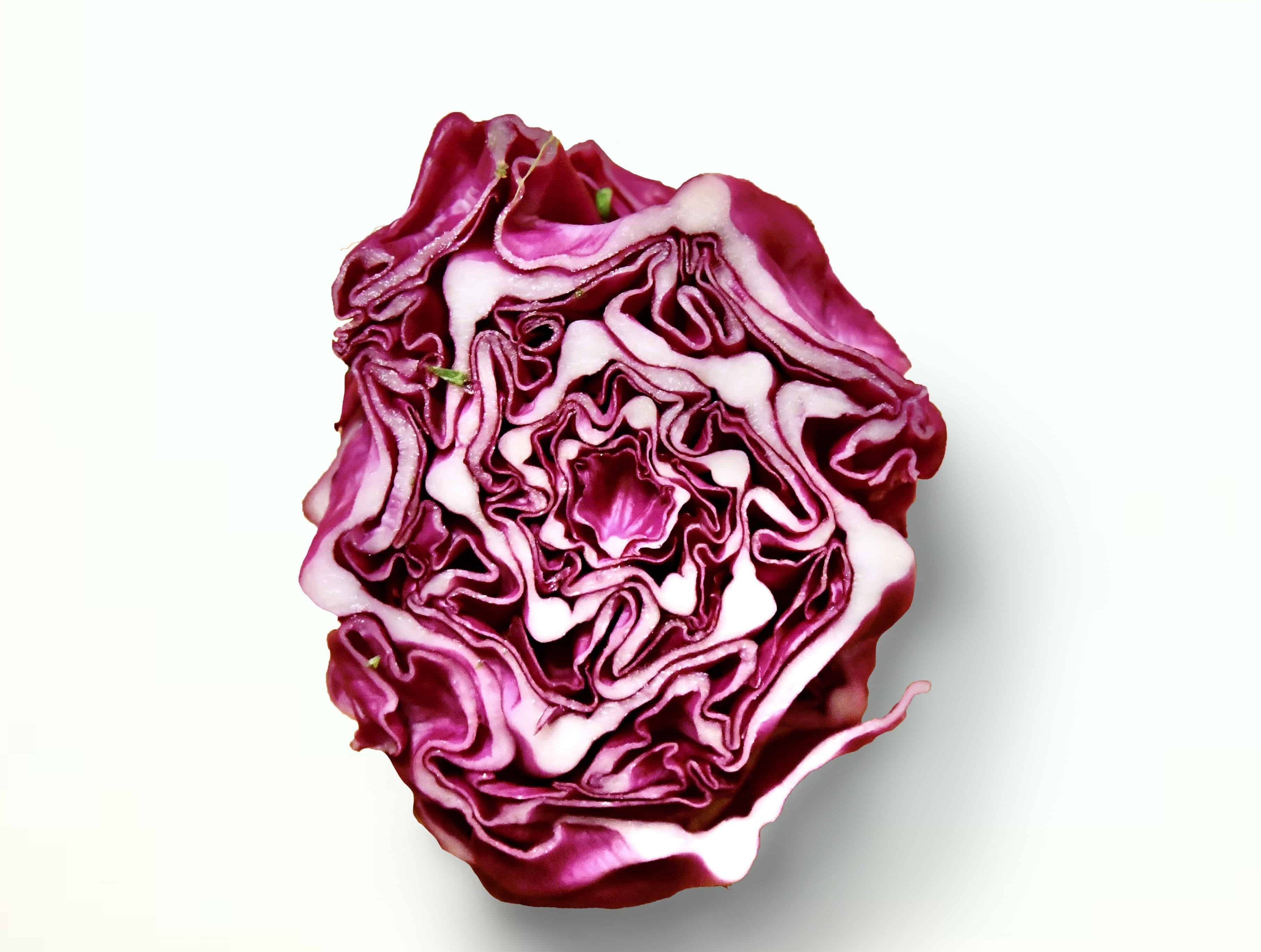Key Takeaways:
- Pormohammad et al. (2023) explore using purple cabbage extract to synthesize Cu nanoparticles.
- A new Cu@Ag-CPX nanocomposite was created, showing promising antimicrobial properties.
- The study utilized advanced techniques to analyze the structure and morphology of the nanocomposite.
- The nanocomposite exhibited effective inhibition against various bacterial and fungal strains.
- This research highlights the potential of green synthesis methods in developing efficient antimicrobial agents.
In a groundbreaking study, Pormohammad et al. (2023) demonstrated a novel approach to nanotechnology, utilizing Purple cabbage extract to synthesize copper (Cu) nanoparticles. These nanoparticles were then successfully integrated into a new silver (Ag) complex containing a 1,3,5-triazine Schiff base ligand, forming the Cu@Ag-CPX nanocomposite. The study marks a significant advancement in nanomaterial synthesis using natural and economic resources.
The researchers employed techniques like FT-IR, UV-Vis spectroscopy, and ICP-OES to characterize the chemical structure and confirm the successful formation of the nanocomposite. Furthermore, FESEM, TEM, and DLS analyses revealed the unique morphology of the nanocomposite, consisting of rods and uniform monodispersed particles.
The Cu@Ag-CPX nanocomposite displayed impressive antimicrobial properties, inhibiting the growth of several Gram-negative and Gram-positive bacteria and fungal strains. While individual Cu nanoparticles and Ag complexes showed varying effectiveness against some pathogens, the Cu@Ag-CPX nanocomposite was consistently effective across all tested microbial strains.
This discovery opens new avenues in applying nanotechnology for antimicrobial purposes and underscores the significance of green synthesis methods in creating efficient and environmentally friendly solutions. The research suggests that further modification of the nanocomposite in terms of nanoparticle and complex composition could enhance its antimicrobial activities, offering the promising potential for future developments in this field.
Read more here.
Photo by Natalie Runnerstrom on Unsplash
Enjoyed this article? Share it with your network!
- Post
- Click to share on Threads (Opens in new window) Threads
- Click to share on WhatsApp (Opens in new window) WhatsApp
- Click to share on Telegram (Opens in new window) Telegram
- Click to share on Reddit (Opens in new window) Reddit
- Share on Tumblr
- Click to email a link to a friend (Opens in new window) Email
- Click to share on Bluesky (Opens in new window) Bluesky


